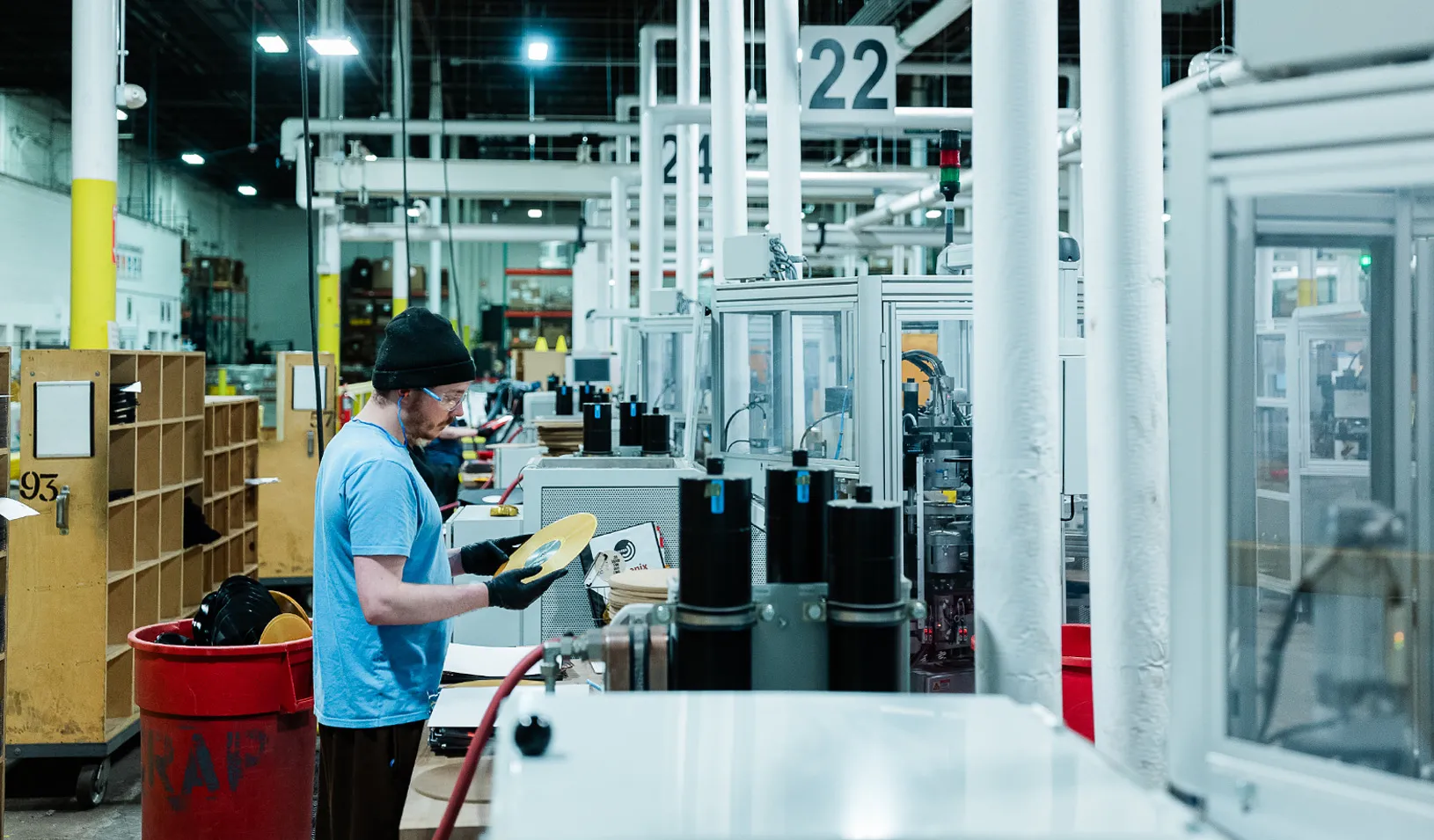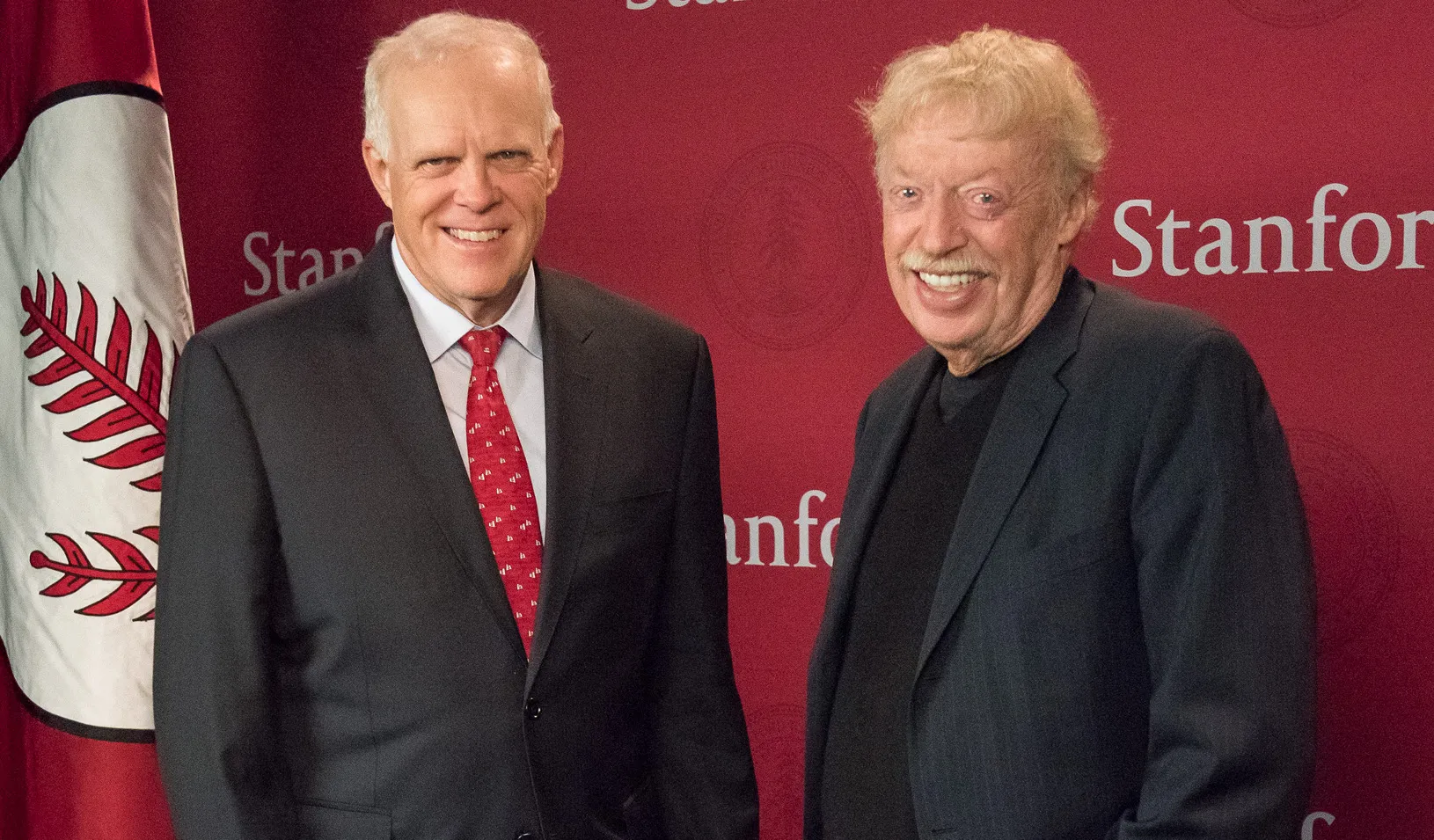Nia Rose Froome, MBA ’23: Making Local, Fresh Food Available for All
Stanford Impact Founder Fellow plans to remove food barriers for low-income communities.
April 08, 2024

Nia Rose Froome, MBA ’23 | Saul Bromberger
It was her mother’s breast cancer diagnosis that first gave Nia Froome (then aged seven) an awareness of the importance of healthy eating and sustainable local food systems. After her mother’s diagnosis and during some tough months of chemotherapy, her parents became vegans and have maintained a primarily plant-based diet ever since. It was a decision that paid off — her mother is now more than 20 years cancer-free. “I developed an acute understanding of the relationship between our diet and health,” says Froome.
For her parents, however, the switch in diet was far from easy. The family’s East Flatbush neighborhood in Brooklyn, New York, while not lacking in food stores and chain restaurants, had few that offered healthy options. “We didn’t do any of our grocery shopping locally,” she says. “We’d go out of our way to find fresh, organic produce and products we needed — even volunteering a few hours each month at a food co-op — and that takes time and a lot of effort.”
After graduating from Yale and working for Google in Michigan, Froome found herself back in East Flatbush, still working for Google, when the pandemic hit. The rapid spread of the virus meant she avoided the once-bustling stores in other neighborhoods, where she had previously shopped. Soon, she realized that in her own neighborhood, retailers weren’t providing the nutritious, fresh produce she had grown accustomed to. Before long, she again became aware of the gaps in local access to healthy food. “I found a couple of niche services that were offering food delivery, however, the slots were grabbed within seconds and the service was very expensive.”
Since then, Froome has been exploring the local food ecosystem, engaging with everyone from community gardeners, nonprofits, and small-plot farmers to farmers using controlled-environment agriculture, such as indoor and vertical farming. This community, she says, is also facing gaps and obstacles.
In one vicious cycle, for example, the challenges of reaching sufficient scale can make it difficult to secure larger supply contracts and make financing harder to secure, which in turn makes it difficult if not impossible to expand.
Froome sees a need for a more collective, holistic approach that joins the dots between local providers and local consumers. For her, the challenge is to “short circuit the food system death spiral” and remove the barriers low-income, underserved communities face to both producing and consuming local, fresh, healthy food.
The Problem
As Froome has learned, challenges exist at both ends of the food chain. On the consumer side, the problem facing low-income communities is not necessarily a lack of access to food — there is often an abundance of ultra-processed foods high in salt, fructose, and corn syrup — but a dearth of fresh vegetables and other healthy options.
“You can find food,” she says, “But it’s often the Chinese restaurant, the fried chicken or pizza place, or the bodegas, which have plenty of packaged and non-perishable snacks but whose fresh produce sections are tiny. These are wonderful parts of the community, but we also need affordable, accessible, and appealing healthy fresh food options.”
Their absence in these communities is the product of a system of “food apartheid” — a term food activists see as more accurate than “food deserts.” Studies have shown that predominantly Black communities have roughly half as many supermarkets as white communities and that the percentage of Black residents in a neighborhood is positively correlated with the number of fast food restaurants present, patterns that are also true for low-income and Hispanic communities.
Studies have also shown that fewer healthy foods are available in supermarkets in disadvantaged communities and that despite assumptions often made to the contrary, residents of such communities choose to shop in stores with healthier options if they are available and accessible.
As Froome’s research has found, the dearth of healthy food options has consequences. Without consistent access to food that is nutritionally balanced, easy to access, affordable, and desirable, communities are forced to adopt poor diets that can create severe health problems. For example, residents of neighborhoods that lack access to healthy food have 20% higher rates of diabetes, higher average BMIs, lower life expectancy, and higher risk of stroke than residents of neighborhoods with abundant access.
Conversely, the introduction of healthy food suppliers — from healthy supermarkets to community gardens — has been proven to have the opposite effect on health and often plays a pivotal role in revitalizing communities.
When it comes to the broader food and farming ecosystem, local producers face many challenges: starting a business, knowing how to meet the tastes of local consumers, tapping into distribution networks, and scaling up production.
“When you’re a small-plot farmer, it can be hard to access capital, such as investment funding, loans, or government grants, if you don’t have a history of volume or a repertoire of partnerships to tap into,” says Froome. This also makes it hard to secure larger contracts with organizations such as school districts, nursing homes, and supermarket chains. Forecasting demand and managing yields can also be challenging for small-plot farmers.
The challenges tend to be similar for growers without a history of growing commercially. “Local producers in urban areas are often gardeners and farmers who love planting and are experts in growing food — but that’s different from being a businessperson or a producer of food oriented towards scale.”
The Solution
In transforming the landscape of food production and consumption in underserved communities, Froome sees the first step as changing the economic equation so that high-quality foods cost the same or less than fast food and highly-processed products.
She also believes healthy options should be as quick and easy to access as fast food, and should be available where people live and work, from the lobbies of public schools and hospitals to the streets around churches, offices and residential buildings.
However, while Froome’s work started with a focus on filling consumers’ immediate needs, her research has led her to understand that transforming access to healthy food in the long term will depend on transforming the broader ecosystem — including helping local producers to thrive economically.
This is where she believes it is critical to join the dots by helping local farmers and food producers to pool their resources. Working collectively, producers could benefit from scale in everything from securing better prices for inputs such as seeds and fertilizer to being able to fulfill orders for larger clients.
One way to make this happen, she says, could be through a membership or association model. Members would be able to connect with local consumers to understand their budgets and preferences. Some could access expertise and resources to help start new farming operations. Existing producers could share experience and resources on everything from market trends to local climate adaptation.
“It would be a way for growers to share expertise and sell to larger institutions,” she says. “Because there’s so much knowledge acquired when you’re putting something into the ground. How could that be disseminated more broadly? How can they reach more of the people they want to serve? I am passionate about getting healthy, whole foods into the hands of more families, and want to cultivate new types of relationships between growers and buyers that increase food quality and prioritize ease of access.”
As Froome iterates on her model, she hopes to serve both those who are growing or producing healthy foods and members of communities affected by inequitable food access. And she draws inspiration from the work of activists, community members, and leaders working to tackle the problem — from Tony Hillery of Harlem Grown and Dan Zauderer of Grassroots Grocery to John Rivers of 4Roots Farm, and the teams of ENY Farms, Brooklyn Supported Agriculture, GreenThumb, Oko Farms, Farm School NYC, Cornell Cooperative Extension, Green Guerillas and countless others.
Empowering community members to become hyperlocal food producers & distributors themselves, argues Froome, could also be transformative, whether they grow indoors, in backyards, or in community gardens. Hyperlocal growing often has an outsized impact on communities, providing food for, educating and empowering the people they serve. “The more we participate in our own food production, the better our chances of circumventing food systems that are damaging to public health,” she says.
The Innovator
In working to fix local food systems, Froome has several advantages. First, she has the knowledge of the benefits of healthy eating that prioritizes whole foods that she gained from her family’s lifestyle and her enduring interest in nutrition. And as a young food entrepreneur, she founded a vegan bakery while in high school — something she sees as an early reflection of her enduring commitment. “I’ve always been passionate about serving my community,” she says.
Her commitment to community has helped Froome gain valuable skills in building supportive networks. While at Google, for example, she created a diversity, equity and inclusion program for her division and co-led a digital literacy program that ran at local churches.
At Google, she also developed an alumni engagement program for the Black Founders Exchange, an annual accelerator program hosted by startup hub American Underground and Google for Startups. The program brought black founders of high-growth companies from around the country to North Carolina to help them progress from developing an initial product to raising seed capital.
Part of Froome’s work involved ensuring founders were getting the most out of their time by connecting them with Google experts in everything from recruitment techniques to sales strategies. “I spent a lot of time cultivating community and making sure there were regular opportunities for alumni to learn from each other,” she says.
It is a skill she believes she can deploy by connecting local food producers to new opportunities to grow while meeting local demand, thereby deepening their impact. “I’ve always done a good job of connecting humans,” she says.
As Froome continues to develop a model that is both scalable and replicable, she knows exactly what she wants to achieve. “I want the solution to be one that fortifies local agriculture while increasing healthy food consumption in local communities,” she says.
For media inquiries, visit the Newsroom.
Explore More
Maker: United Record Pressing

Phil Knight Honored with Uncommon Citizen Award

Catherine Roberts Joins Stanford GSB as CCMO
